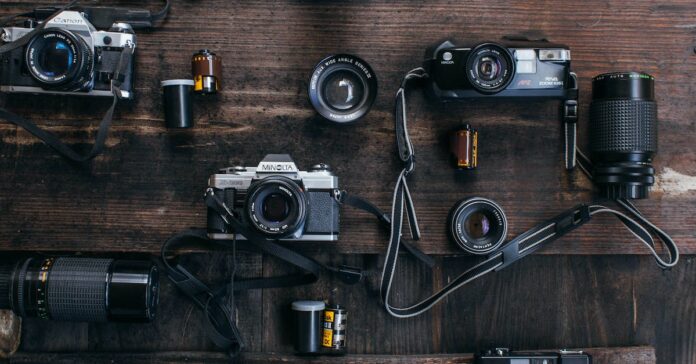Taking photos is fun, relaxing and rewarding. It’s a great hobby. However, it will be of the most benefit to you if you acquire and apply some basic knowledge. You will find some good advice here on how to get the shots you are hoping for.
Change the direction of your camera’s flash to avoid the appearance of red eye. When a flash goes off directly in line with someone’s eyes, the result can be red eye. Reducing red eye will improve the quality of your pictures and give your subjects a more realistic appearance.
Set up some basic programs for your DSLR camera. By setting some of the basic values ahead of time, you don’t have to mess with them in the event that you want to get a shot in, in a short amount of time. Instead, you just press the button and start shooting.
If you can’t use a tripod while taking photos for some reason, you should always brace your upper body on a solid surface. Hold your breath if you can while taking the shot. This will minimize shake during the exposure, resulting in clearer pictures. A tripod is always best, however.
When taking a picture outside, try to do so either in the morning or before the sun sets. This is because the sky is not as high in the sky during these times, so the subject of your picture will not have as much of a shadow as it would during the midday hours.
Make sure your batteries are always charged so that you never miss an incredible shot. Digital cameras are power hungry, and the batteries do not last long. They especially use power with the LED screen in use. Make sure they are charged fully before you start shooting. Another excellent suggestion is to always carry spare batteries with you to ensure you don’t miss a potentially incredible shot.
Snap some shots of your travel souvenirs. Take a picture either of the store or the souvenir together with the original. In this way, you can re-live the experiences that tell the story of your trip and the mementos you chose to bring back home with you.
The best way to ruin a photograph is to move the camera while shooting. Keep your camera steady, and give it some support when pressing the shutter button. When talking with professionals, they will tell you to always use a tripod. Sometimes a tripod is just not a practical solution. Use whatever is available like propping the camera against a wall or on top of a fence to take a great shot.
While taking a photograph, many factors come into play that will determine if the photo comes out well. If there is too much light when the picture is taken, your photo will come out with a glare. If your camera isn’t focused, your photo will come out blurry. And if your camera is tilted the photo will come out tilted as well. This is why it is always a good idea to take multiple photos of your subject while adjusting with your camera’s settings in order to be sure that you have at least one proper photograph.
Learn the apertures of the camera and understand how they are used. The aperture varies the amount of light allowed to travel through the lens which expands and contracts to allow this light to pass through. The more light that is allowed to travel through the lens, more objects in the photo will be in focus. The less light allowed through, the focus will shift to only focusing on objects in the foreground.
Don’t just rely on straight on flash from your camera for your shots. That only guarantees a burst of frontal lighting. Get a little more creative and try to create soft lighting conditions. How do you do that with flash, you ask? You can do that by bouncing your flash off of a wall or ceiling.
When setting up a photograph, ask yourself what exactly you want the picture to show and convey. Is it a child, a snowy mountain, the beach? Use this information to choose where to place our subject in the picture, what pose to use and how you use the light.
Yes, photography, even as a hobby, takes practice and consistent learning to get quality photos. Apply these tips to master your equipment now and apply time and effort to explore the artistic possibilities of photography as time passes. Regardless of how much effort you have to put forth to improve your photography skills, remember to have fun while taking photographs. There’s no point to learning the art of photography if it becomes work instead of an enjoyable hobby. If you can focus on using these tips and remember to keep things enjoyable and fun, you can be successful as a photographer.

